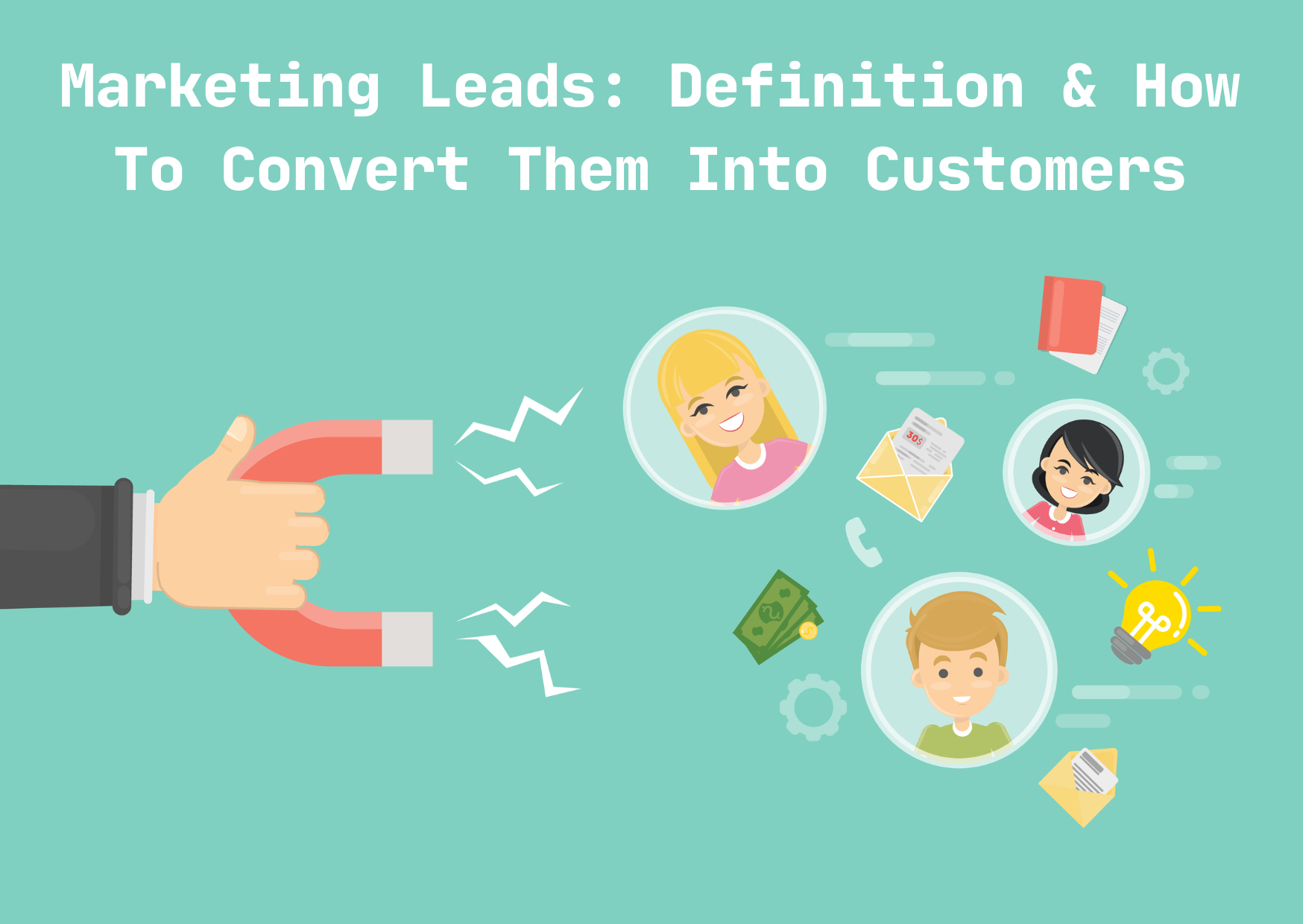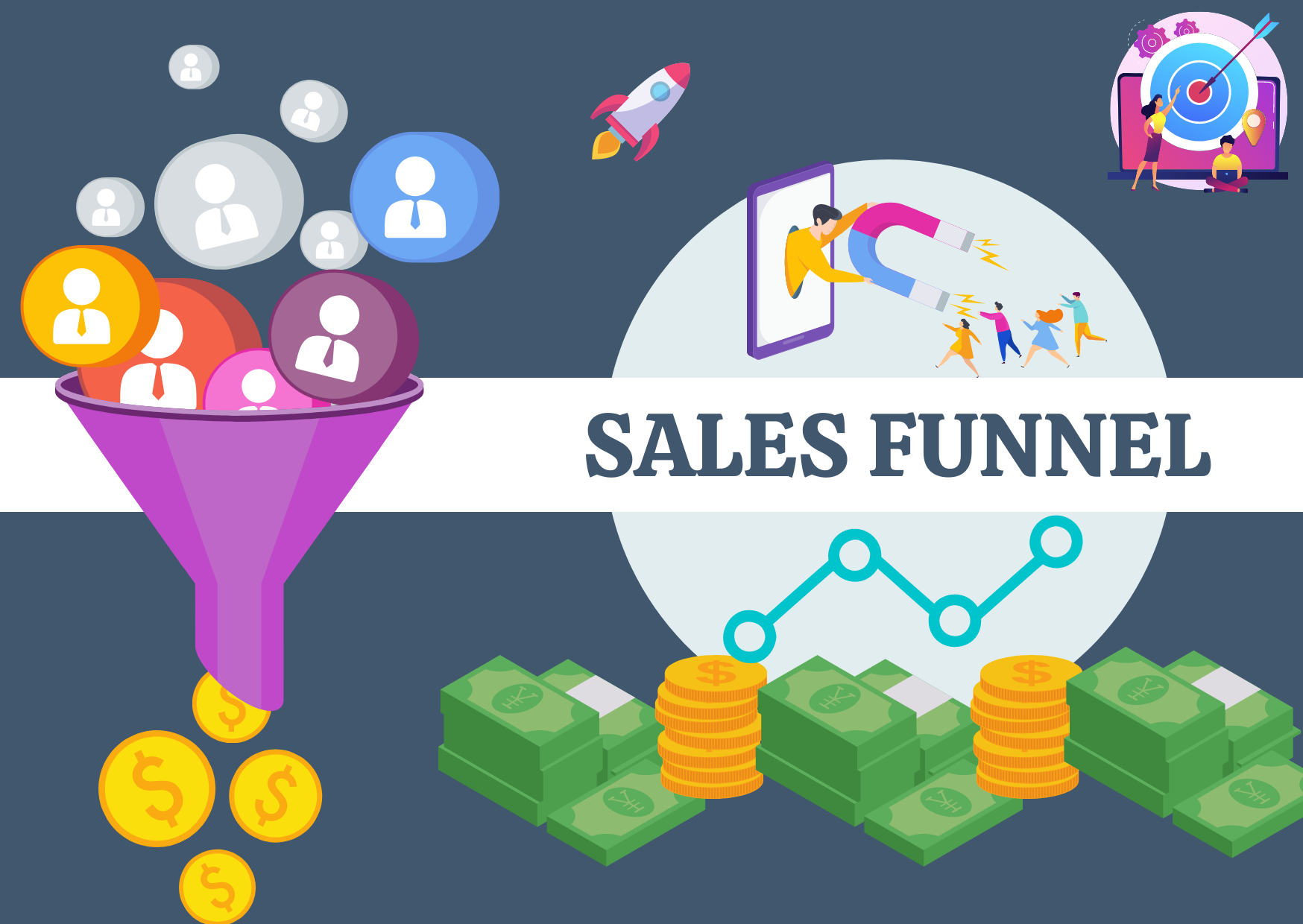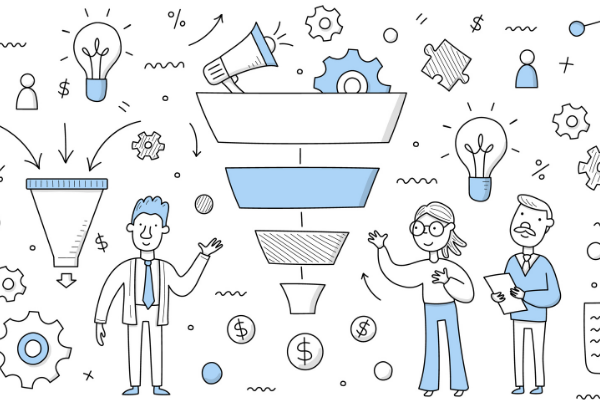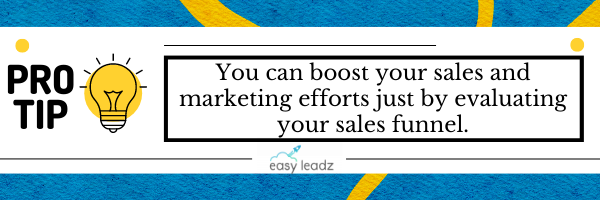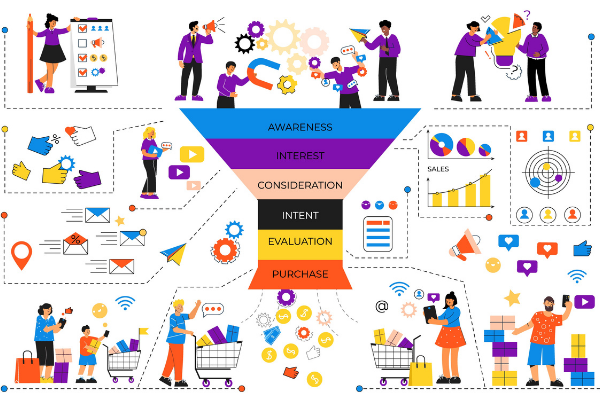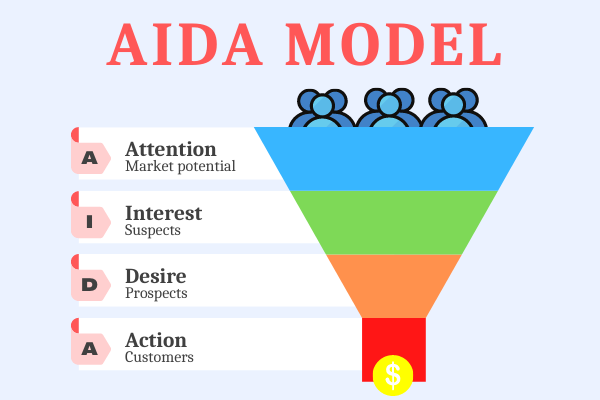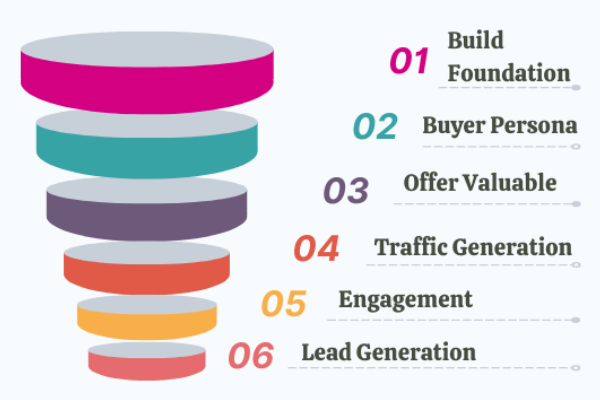Marketing leads are one of the most important aspects of any business. It is the fuel that keeps your business running. Without marketing leads, you cannot generate new customers for your business. And without these new customers, your business will not succeed. In this article, we will explain what marketing leads are, how to generate leads and how you can convert them into customers.
What is a marketing lead?
A marketing lead is an individual who has shown some interest in your business and its products or services. When someone takes the time to fill out a form, sign up for your newsletter, or download an ebook, they are showing that they are at least intrigued by your business and its offerings.
But just because someone has expressed interest doesn’t mean they are ready to buy what you’re selling. You still have to work on converting that lead into a customer. If you want to increase your sales, you need to be able to identify the people who are most likely to buy from you. And then determine how best to reach them.
If marketing leads were simply leads, it would be easy enough. They would be the people who showed an interest in what you’re offering. But there’s more to it than that—someone must qualify as a lead before you can treat them as one.
It’s important for anyone in sales or marketing to understand how this process works. Many companies make the mistake of counting everyone who fills out a form or downloads an ebook as a marketing lead when really, only those qualified leads should count toward their potential revenue.
How to generate more leads from marketing?
Every business wants more leads. The more leads you have, the more customers you can sell to. However, many businesses fail to generate enough leads.
To generate more leads from your marketing efforts, you need to follow the below-mentioned tips:
Choose promotional tools wisely
The first thing that you need to do is choose a promotional tool that will help you generate more leads. There are many options such as paid advertising channels (Facebook Ads), email marketing software (ConvertKit), and social media tools (LinkedIn).
When choosing promotional tools for your business, make sure they offer a good ROI (return on investment). You should also use multiple promotional tools in order to reach out to as many people as possible.
Target your promotional efforts
Once you decide on an appropriate promotional tool, target your efforts by finding out what kind of people are interested in your product and how they behave online. This will help you optimize your campaigns so they’re more likely to work for specific audiences.
Create valuable content
Your next step is creating valuable content that attracts visitors and converts them into leads. To do this, create interesting blog posts or videos that show people how to solve their problems or answer their questions about your industry, product, or service.
You can also write reviews or guides based on customer feedback and suggestions or create a newsletter or blog subscription form so people can subscribe if they like what they see on your website.
Use subscription forms
With subscription forms, you can capture more leads by asking people to subscribe to your email list in exchange for giving them something valuable (e.g., white paper, report).
This way, when you send out emails related to your product or service, you already have people who are interested in what you offer and ready to purchase from you when the time comes.
Create lead magnets
Lead magnets are freebies that are given away as an incentive for joining a list or completing specific actions (like downloading an ebook) to attract the target audience and generate leads. This can be anything from an ebook to a cheat sheet or even a video training series that helps them in solving their problems.
Generate leads from your blog
Blogging is one of the best ways to generate leads from marketing. If you have a blog, then it can be used as a platform to reach out to potential customers. You can write articles on topics that are related to your business. And also publish guest posts by experts in the industry.
You will get traffic from search engines, social media, and other sources like email newsletters, etc. This will help you bring in new leads for your business.
How to convert marketing leads into customers?
Converting marketing leads into customers is a crucial step for any business. The importance of having a conversion rate is that it reflects how well your marketing efforts are working and can help you identify areas of improvement.
In order to convert marketing leads into customers, consider the following:
Use behavioral data
The more information you have about your leads, the better you’ll be able to target them with the right messages.
So use behavioral data — like what else they’ve browsed or bought — to segment your audience and send relevant offers that will resonate with them.
You can also make different buyer personas depending upon your target audience’s behavior.
Nurture your leads
If you want to convert marketing leads into customers, you need to nurture those leads over time. This means following up with them regularly and sending them new offers and content that’s relevant to their interests or needs. The more personalization and attention you give them, the more likely it is that they’ll become repeat customers or even refer friends and family members who might also buy from you!
Convert leads into customers smoothly
Once someone has converted from a lead into an actual customer, ensure everything goes smoothly for them from there on out! For example, if someone buys something online but needs help setting up an account, make sure they get it quickly so they don’t think twice about buying from you.
Wrapping Up
In conclusion, we can say that there are many ways to generate leads and convert them into customers. But the most important thing is to have a clear understanding of your business and its goals. This will enable you to create an effective marketing strategy that generates more leads with higher conversion rates than ever before!
Enrich your lead generation process via Mr. E by EasyLeadz, the B2B contact data provider of top management.
Conversion
How To Generate Leads
Lead Generation
Lead Generation Strategy
Marketing Lead
Marketing Leads
